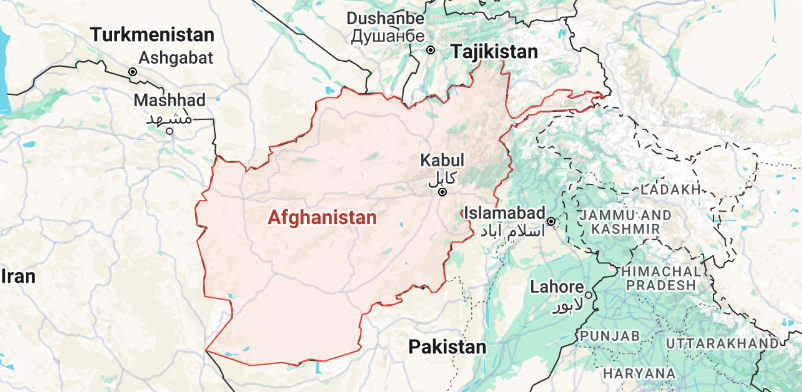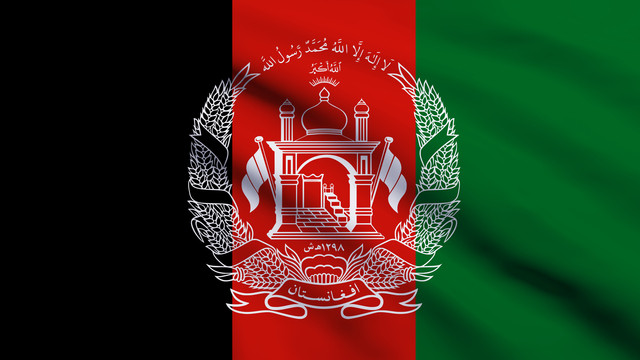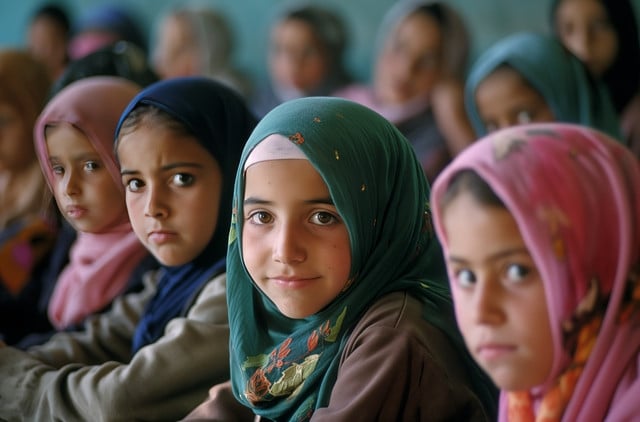How are the Taliban’s internal conflicts affecting the ban on girls’ education in Afghanistan? What would it take for the ban to be lifted?
In Afghanistan, the Taliban has been the country’s ruling power since 2021. For years, they’ve enforced strict rules, including a ban on girls attending school beyond the sixth grade.
This decision has affected millions of Afghan girls, keeping them away from classrooms and sparking anger around the world.
But now, whispers of disagreement are growing louder within the Taliban itself. Could this be a sign of change—or just more trouble ahead? Let’s dive into what’s happening.
A Ban That Shook the Nation

When the Taliban took control of Afghanistan in August 2021, they promised a softer approach than their harsh rule in the 1990s.
Yet, within a month, they banned girls from secondary education, a move that shocked many. Today, over 2 million girls are out of school, according to recent reports.
The Taliban claim this aligns with their strict version of Islamic law, but not everyone agrees—not even among their own ranks.
This rule has forced families to make tough choices, with some leaving the country so their daughters can study.
Meanwhile, the ban has drawn heavy criticism from global leaders, putting pressure on the Taliban’s hope for international acceptance.
The disagreement started small but has grown into a serious issue. Some Taliban members, especially those in cities like Kabul, see education as a way to build a stronger Afghanistan.
Others, based in more conservative areas like Kandahar, where the group’s top leader Haibatullah Akhundzada lives, refuse to budge.
This split is more than just a difference of opinion—it’s a fight over power and the future of the country.
Taliban Internal Conflicts Over Girls’ Education Ban
One of the loudest voices against the ban came from Sher Mohammad Abbas Stanikzai, the acting deputy foreign minister.
In January 2025, he spoke out at a public event in Khost, calling the ban an “injustice” that didn’t match Islamic teachings.
His words stunned many, and soon after, he left Afghanistan for the United Arab Emirates, refusing to return despite pleas from other leaders.
His exit wasn’t just a personal choice—it was a bold protest against the hardline policies pushed by Akhundzada and his allies.
Stanikzai isn’t alone. Other Taliban officials, even some with a history of strict views, have privately admitted the ban was a mistake.
They argue that educating girls could help the country grow and win favor with the world. But those in Kandahar, close to the supreme leader, see any change as a threat to their control.
This tug-of-war has created a rift that’s hard to ignore, with some calling it a battle between moderates and ultra-conservatives.
What This Means for Afghanistan

The growing divide could shake things up in Afghanistan. If more Taliban members push back, it might force the leadership to rethink the ban.
Already, families and activists are holding onto hope that girls could return to school soon. But reversing a rule that’s been cemented into law won’t be easy.
Akhundzada has surrounded himself with loyal hardliners, making it tough for dissenting voices to break through.
On the other hand, the pressure isn’t just internal. The United Nations and other groups have warned that keeping girls out of school hurts Afghanistan’s future, from its economy to its health system.
With millions of girls missing out on education, the country risks losing a generation of talent. For now, the Taliban’s spokesperson denies any major conflict, saying it’s just a “difference of opinion.”
But as more officials speak out—or walk away—the cracks are getting harder to hide.
The situation is still unfolding. Will the Taliban stick to their old ways, or will this internal struggle lead to a breakthrough for Afghan girls?
You might also want to read: Breaking: Trump Is Aiming to Shutdown the Education Department



